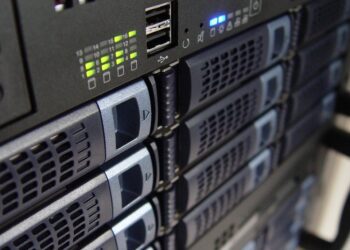Programming is an ever-evolving field, with new technologies and trends constantly shaping the way developers write code. As we look towards the future of programming, there are several key trends and technologies that are worth keeping an eye on. These advancements have the potential to revolutionize the way we build software and could have a significant impact on the industry as a whole.
One of the most exciting trends in programming is the rise of artificial intelligence (AI) and machine learning (ML). These technologies are already being used to power a wide range of applications, from self-driving cars to virtual assistants. In the world of programming, AI and ML can bring a new level of automation and efficiency to the development process. For example, developers can use AI-powered tools to automatically generate code, debug programs, and even predict bugs before they happen. This can significantly speed up the development cycle and improve the overall quality of software.
Another trend to watch is the increasing focus on low-code and no-code development platforms. These tools allow non-technical users to create software applications without having to write a single line of code. This democratization of programming can help to bridge the gap between developers and business users, enabling faster and more agile development cycles. Low-code and no-code platforms are also gaining traction in industries such as fintech and healthcare, where there is a growing demand for custom software solutions.
In addition to AI, ML, and low-code platforms, the future of programming will also be shaped by emerging technologies such as blockchain, quantum computing, and edge computing. Blockchain technology, for example, is being used to create secure, decentralized applications that can revolutionize industries like finance and supply chain management. Quantum computing, on the other hand, has the potential to solve complex problems that are currently beyond the capabilities of traditional computers. And edge computing is enabling developers to build applications that can process data closer to where it is being generated, improving performance and reducing latency.
As we look towards the future of programming, it is clear that there are exciting opportunities on the horizon. By staying informed about the latest trends and technologies, developers can position themselves to take advantage of these advancements and stay ahead of the curve. Whether it’s leveraging AI and ML to streamline the development process, building applications with low-code platforms, or exploring the possibilities of blockchain and quantum computing, the future of programming is full of promise and potential.








